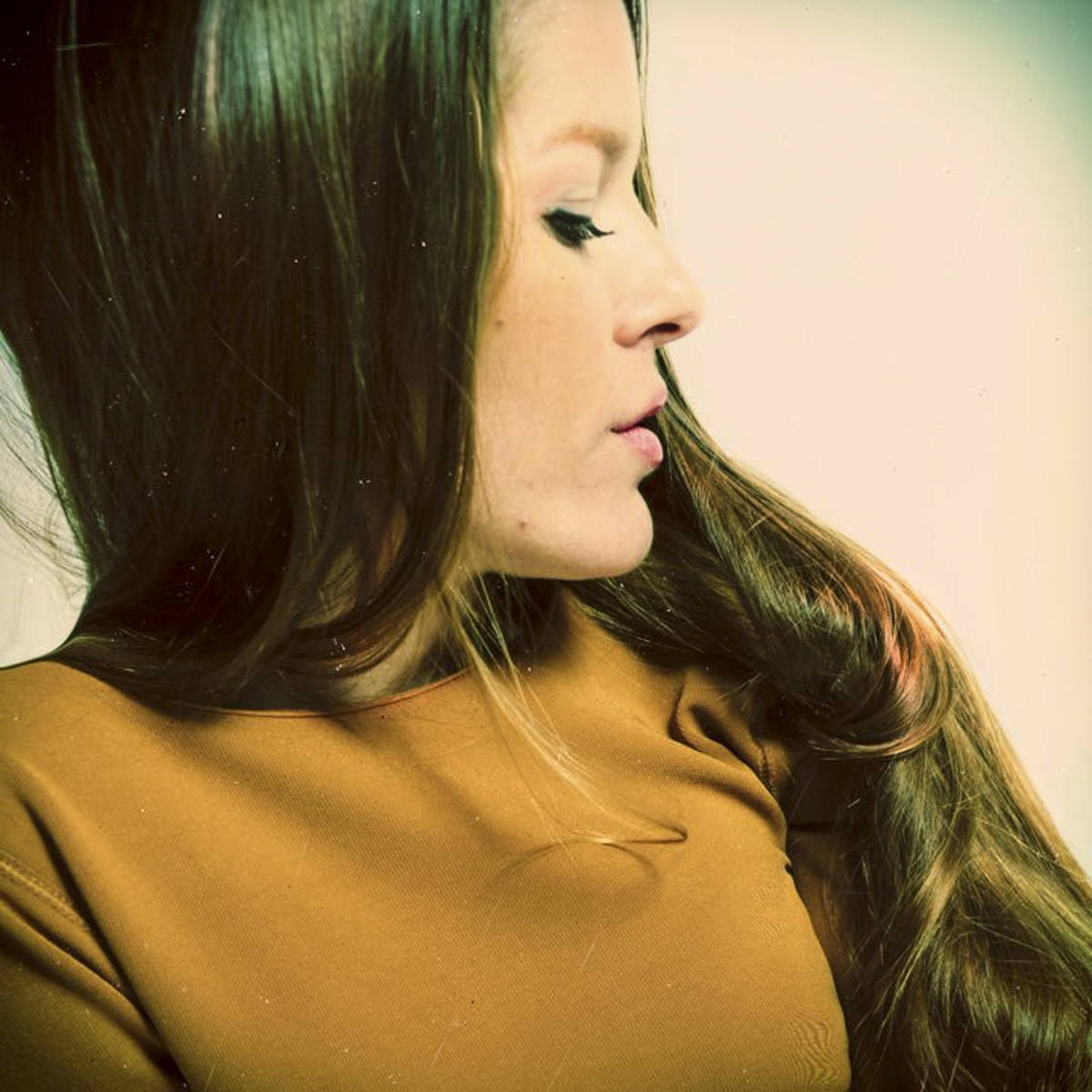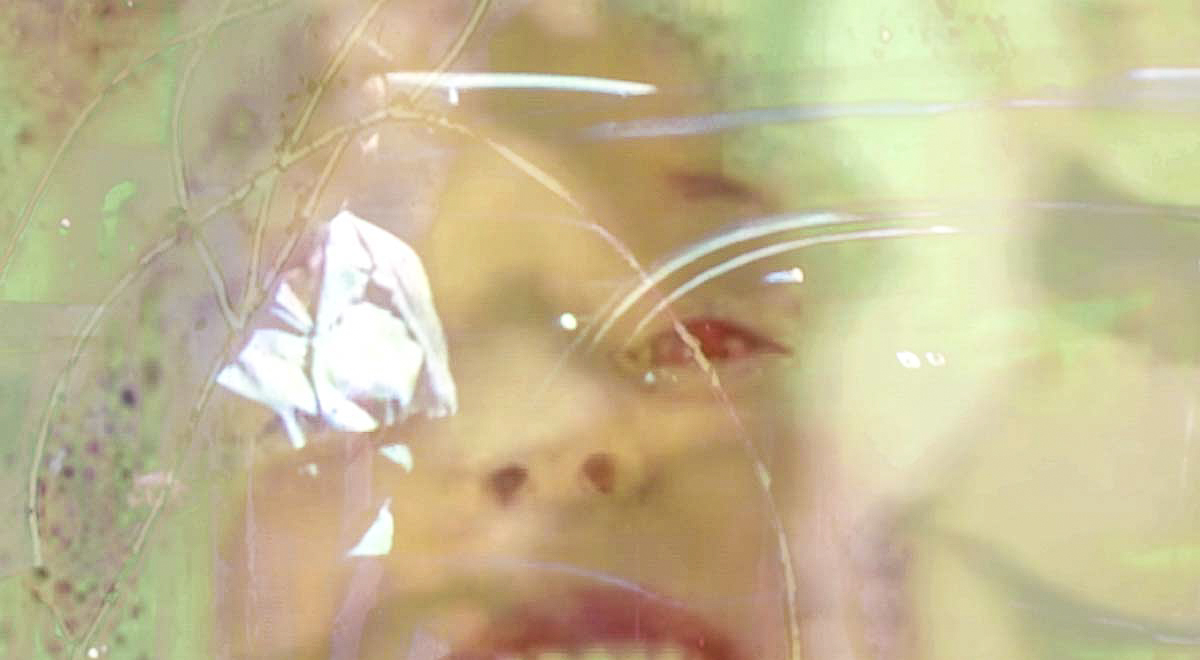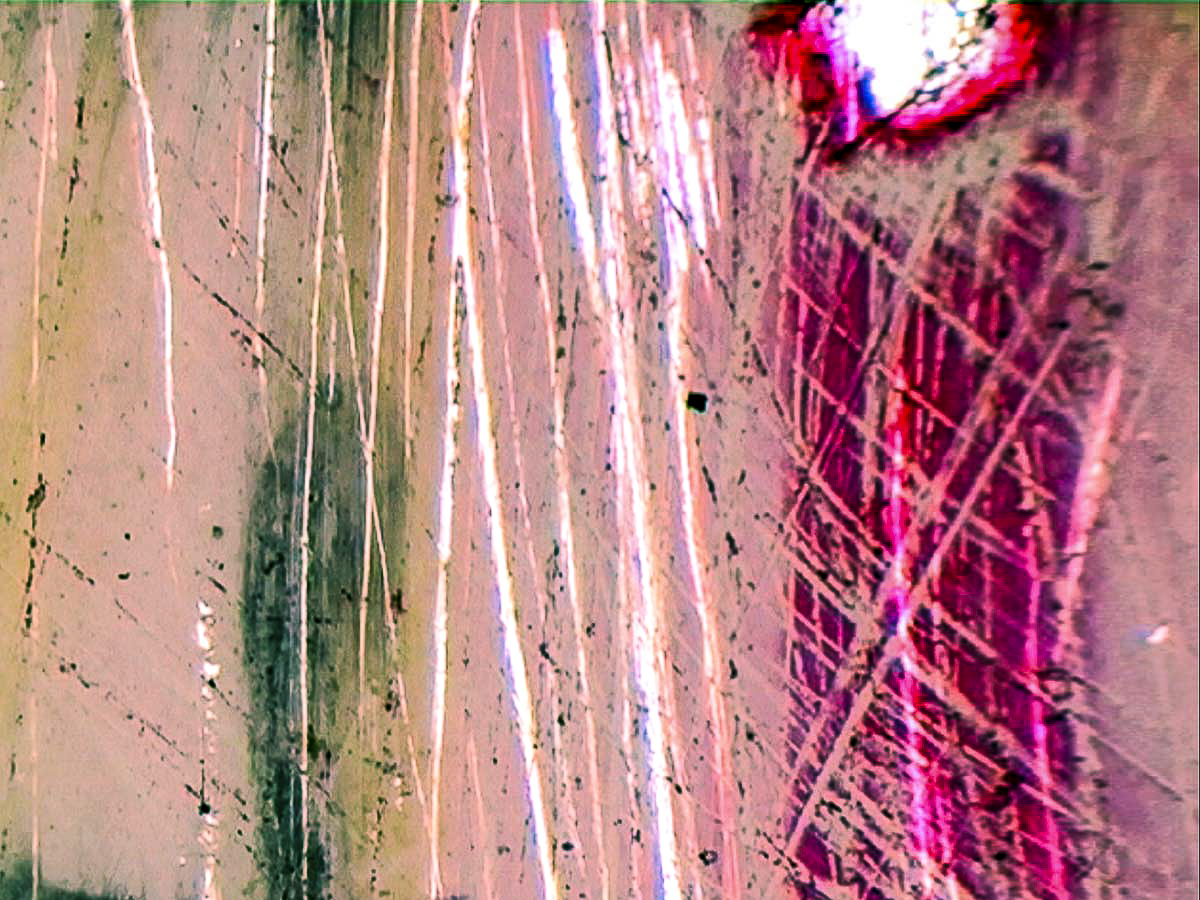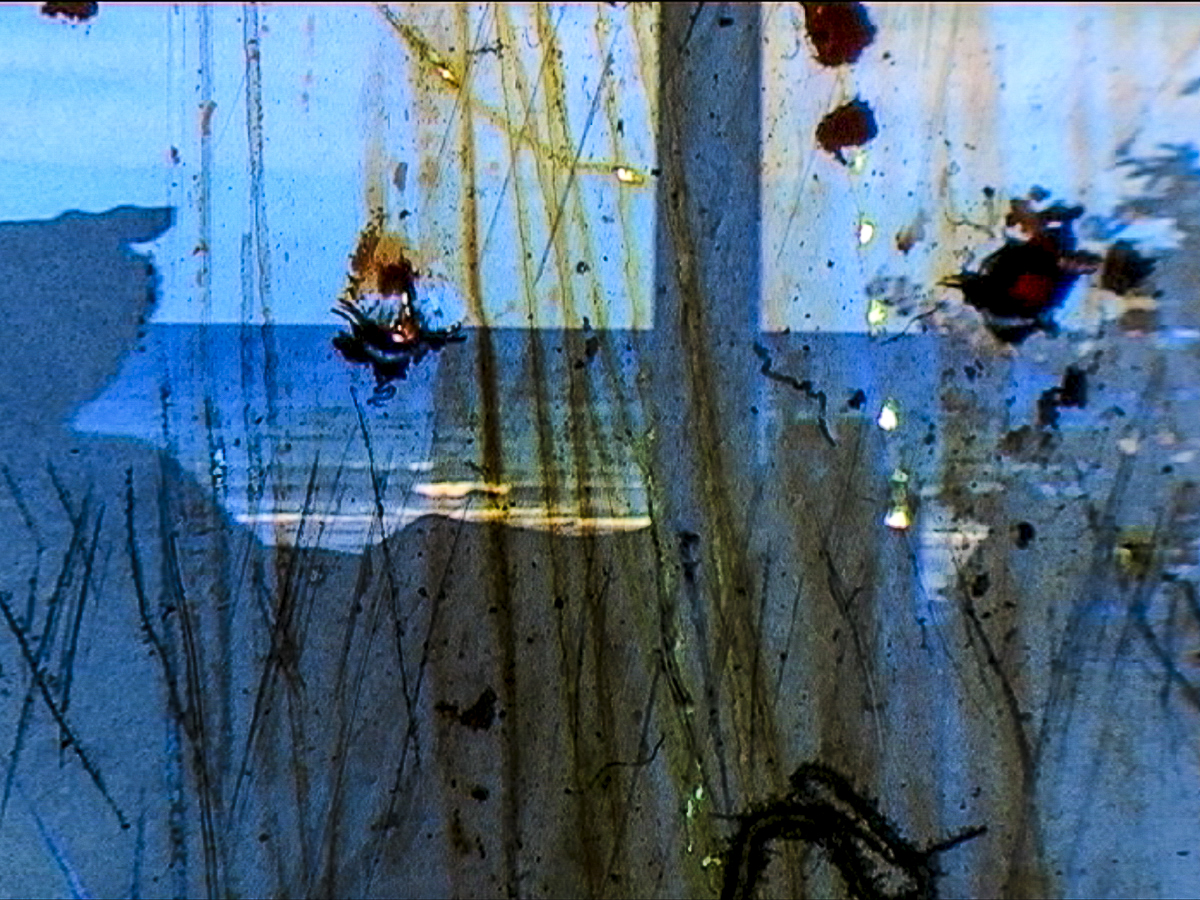Sam Heydt in Conversation with Noella Lopez
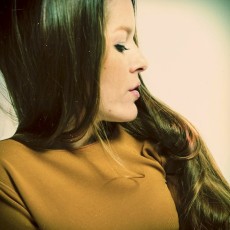
I first met Sam at an open day at an art residency in the Blue Mountains last year. It was cold. She stood there with her camera, apart from the crowd, different from the crowd. She talked to the group briefly about her practice. I sensed her nervousness. We discussed a documentary filmed in Rajasthan she was working on and was looking to raise its profile. There was something about this artist, something indefinable. I was curious. She was very engaging and came across as extremely passionate about various current topics, sociological and environmental issues, people and their past, her practice in general. It was refreshing and inspiring. She had chosen to show a couple of her photographs there and also some scratched films. I was drawn to this artist and wanted to know more about her approach to being a global artist, how her globe-trotting shapes her practice, how she constructs her images and where does it all come from.
Sam Heydt is a prolific, versatile, intelligent, focussed, internationally recognised artist. What attracted me to her art and to Sam as an artist is this special quality of her constant desire to explore, search and adapt to many different places in the world, make her art, sustain and feed her practice wherever she is; probably her apparent sense of freedom of being too.
Sam’s artistic practice is concerned with body perceptions, consumerism and the consequent environmental degradations seen through the lens of her camera and her interpretation of their impact on us physically, emotionally and spiritually resulting in re-shaping our identities, memories and perceptions. That is on the surface!
At a deeper level, the artist delves into the mystery of our psyche, our identity, our imagination, our distorted perceptions of the world and ourselves, our place in that world, and our memories and constructed narratives of the past.
- As an Artist you state that “Memories of the past are dictated by the present”. Can you please expand on how this concept impacted on the creation of the series Another Resurrection? (Series to be released at a later date)
Guised as visceral artefacts, photographs are a marriage between experience and imagination, a tragic inseparability that turns a blind eye to the betrayal of perception. These fleeting moments captured are children of deceit. The image painted by light counterfeits an instance; it constructs a narrative of the past that is informed by the present. Once framed, reality reiterates as representation - obscured by the lens’ bias and the myriad of subjective meaning prescribed by the audience. In defiance of the medium’s claim to truth, the series Another Resurrection converges the past with the present, collating disjointed narratives temporally estranged-more honest in many ways then a single frame shot.
- The Marrow Series is your most abstract, exuberant and colourful series so far. I find these large shiny images to be beautiful, all encompassing and an intriguing interpretation of your practice. Can you tell us what informed that departure or exploration? Where did it take you?
Marrow emerged from the internal shifts and external realities I faced at the conception of the series. There is no darkness, only light in the Icelandic summer. I know from experience after a motor-bike accident sliced my stomach open and left me bedridden for months there. In my immobility, I began experimenting with the manual manipulation of 16 mm film. No longer able to physically explore the world around me, I discovered different creative avenues I could take in my static state. Despite my crippling circumstances, the exuberant palette reflects the gratitude I felt to still be alive.
- You are an artist photographer, a travel and fashion photographer, and a short and documentary maker. What do you love the most about each of these media? How do you decide to choose a medium over another to express your constructed narrative?
In McLuhanian terms, ‘the medium is the message’!
Wikipedia reference (see below) http://en.wikipedia.org/wiki/Marshall_McLuhan
Herbert Marshall McLuhan, (July 21, 1911 – December 31, 1980) was a Canadian philosopher of communication theory and a public intellectual. His work is viewed as one of the cornerstones of the study of media theory, as well as having practical applications in the advertising and television industries.
McLuhan is known for coining the expressions the medium is the message and the global village and for predicting the World Wide Web almost thirty years before it was invented. Although he was a fixture in media discourse in the late 1960s, his influence began to wane in the early 1970s. In the years after his death, he continued to be a controversial figure in academic circles. With the arrival of the internet, however, interest in his work and perspective has renewed.
Understanding Media (1964)
McLuhan's most widely known work, Understanding Media: the Extensions of Man (1964), is a pioneering study in media theory. Dismayed by the way people approached and used new media such as television, McLuhan famously argued that in the modern world "we live mythically and integrally ... but continue to think in the old, fragmented space and time patterns of the pre-electric age."
McLuhan proposed that media themselves, not the content they carry, should be the focus of study—popularly quoted as "the medium is the message". McLuhan's insight was that a medium affects the society in which it plays a role not by the content delivered over the medium, but by the characteristics of the medium itself. McLuhan pointed to the light bulb as a clear demonstration of this concept. A light bulb does not have content in the way that a newspaper has articles or a television has programs, yet it is a medium that has a social effect; that is, a light bulb enables people to create spaces during night time that would otherwise be enveloped by darkness. He describes the light bulb as a medium without any content. McLuhan states that "a light bulb creates an environment by its mere presence." More controversially, he postulated that content had little effect on society - in other words, it did not matter if television broadcasts children's shows or violent programming, to illustrate one example - the effect of television on society would be identical. He noted that all media have characteristics that engage the viewer in different ways; for instance, a passage in a book could be re-read at will, but a movie had to be screened again in its entirety to study any individual part of it.
- Following on from this latest body of work, what is your next step? Tell us more about your next explorations, your interests and inspirations and what you are currently working on.
Pictures of the Floating World is the title of the series I am in the process of defining. For some time now, I have been living and working on a ship - a few weeks ago I was off the North coast of Africa and now the south Caribbean. From Casablanca to Barbados, the random trajectory of the ship, in sick minims of my life, has given me the space to search, look closer, frame reality, realize certain things and expand my frame of reference even further. It is this state of exploration that marks the starting point of all of my bodies of work.
Sam Heydt 2015
WATCH Sam Heydt's Video 'What Actually Did Happen' inspired by the Marrow and Another Resurrection Series, CLICK HERE
Write a comment
Your Name:Your Comment: Note: HTML is not translated!
Enter the code in the box below:
By posting this comment, you agree to abide by Noella Lopez Gallery Privacy Policy and Terms and Conditions.

